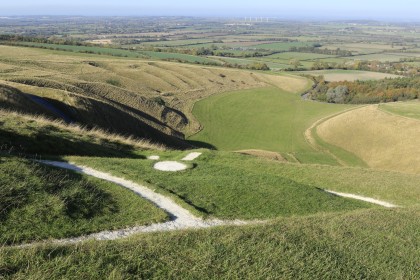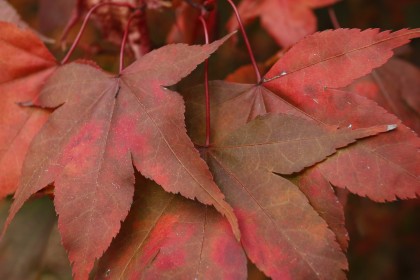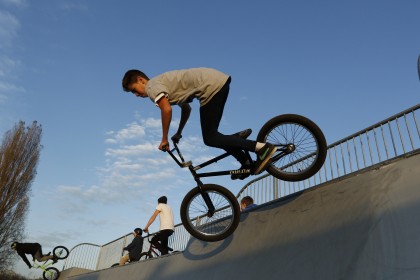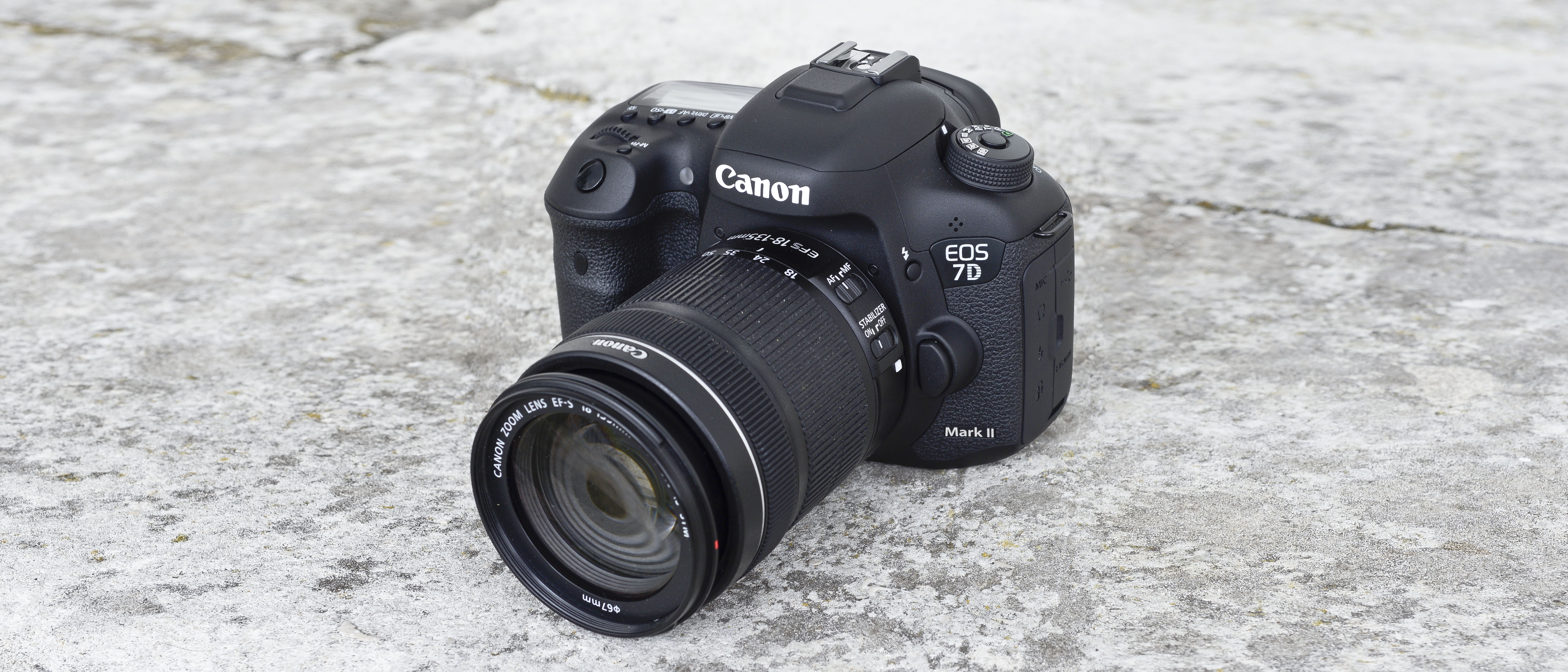Why you can trust TechRadar
Performance
- Features a buffer of 31 raw files
- Dependable metering system
- Excellent battery life
The EOS 7D Mark II's sensor is coupled with Dual DIGIC 6 processing engines to make the camera faster and more responsive. This enables a maximum continuous shooting speed of 10 frames per second (fps) for 31 raw files with a UDMA 7 CF card (such as the Lexar Professional 1066x card) installed or 1030 JPEGs with the same card.
One of things that impressed with the EOS 7D Mark II during testing was its new 252-zone metering system which gathers data from a 150,000-pixel RGB and infrared sensor. The new system does a great job of taking the brightness of the whole scene into account. Naturally, there is still some weighting applied, but I found there are fewer occasions when the exposure compensation facility is required.
The EOS 7D Mark II's automatic white balance system does a great job of capturing the atmosphere of the scene
All that said, there seems to be a slight tendency towards bright images and you may find you need to reduced exposure by about 1/3EV either in-camera or post-capture. In most cases, however, this slight over-exposure isn't at the expense of important highlights.
The EOS 7D Mark II's automatic white balance system does a great job of capturing the atmosphere of the scene. In bright sun it produces pleasingly warm tones and in overcast conditions it captures the coolness without going overboard and giving a blue tint, the results look natural.
As mentioned earlier, the EOS 7D Mark II takes a new, higher capacity variety of the LP-E6 battery that the EOS 7D uses. During one day of this testing we shot over 1000 images and used the GPS system throughout, and the battery still had power left, with the indicator only going down by two bars.
Image quality
- Noise is controlled well throughout the native sensitivity range
- Canon's Standard Picture Style provides a good general purpose setting
- Monochrome Picture Style produces rather dull or muddy images
Canon is claiming that the EOS 7D Mark II produces 'best in class' images and while the definition of the camera's class is doubtless subject to a list a qualifications, it's certainly in the mix for that accolade. On the whole the images and video that it produces look great straight from the camera.
As it has a pixel count of 20.2MP, we could reasonably expect the EOS 7D Mark II to be unable to match the 24MP Nikon D7100 or Sony Alpha 77 II for detail resolution. However, it actually compares very well and apart from at the upper sensitivity settings it matches the Sony Alpha 77 II and beats the Nikon D7100 in this respect.



Noise is also controlled well throughout the native sensitivity range, but as usual the expansion settings (the options that Canon considers not of sufficient quality for normal use) are best reserved for emergency situations and when images only need to be viewed at small sizes. JPEGs captured at the ISO51,200 expansion maximum have luminance noise visible at most normal viewing sizes and some areas appear bruised with green and magenta.
Stepping down to ISO25,600 improves things significantly, there's still quite a lot of luminance noise visible, but the false colors are much better controlled. Moving down again to the uppermost native setting (ISO16,000) results in another major improvement in image quality. There's a noticeable increase in detail resolution (although images still look a little soft at 100%) and less false colour visible in JPEG files. Meanwhile, when all noise reduction is turned off the ISO16,000 raw files have a hint of colored speckling visible when sized to A3. Zoom in to 100% and this chroma noise becomes very noticeable, but there's still a respectable level of detail visible so it's possible to find a good balance between the two in post-capture processing.
At the other end of the sensitivity scale there's just a hint of luminance noise in some areas at 100% (even at ISO100) and images have lots of detail visible.
Canon's Standard Picture Style provides a good general purpose setting that generates JPEGs with pleasant colors and decent saturation. The Landscape option is a nice alternative with appropriate scenes and unlike the Landscape settings on some other cameras it doesn't overcook the blues or greens. Their saturation is boosted, but it's safely within the realms of reality. The Portrait Picture Style is also good for people shots and it doesn't over-enhance reds or bring out pimples.
As usual, the Monochrome Picture Style produces rather dull or muddy images in its default setting. These can be improved by boosting contrast or tweaking exposure, but most EOS 7D Mark II users are likely to use the Picture Style options as a guide and make raw files conversions post-capture.
Current page: Performance and image quality
Prev Page Build and handling Next Page Verdict and competition